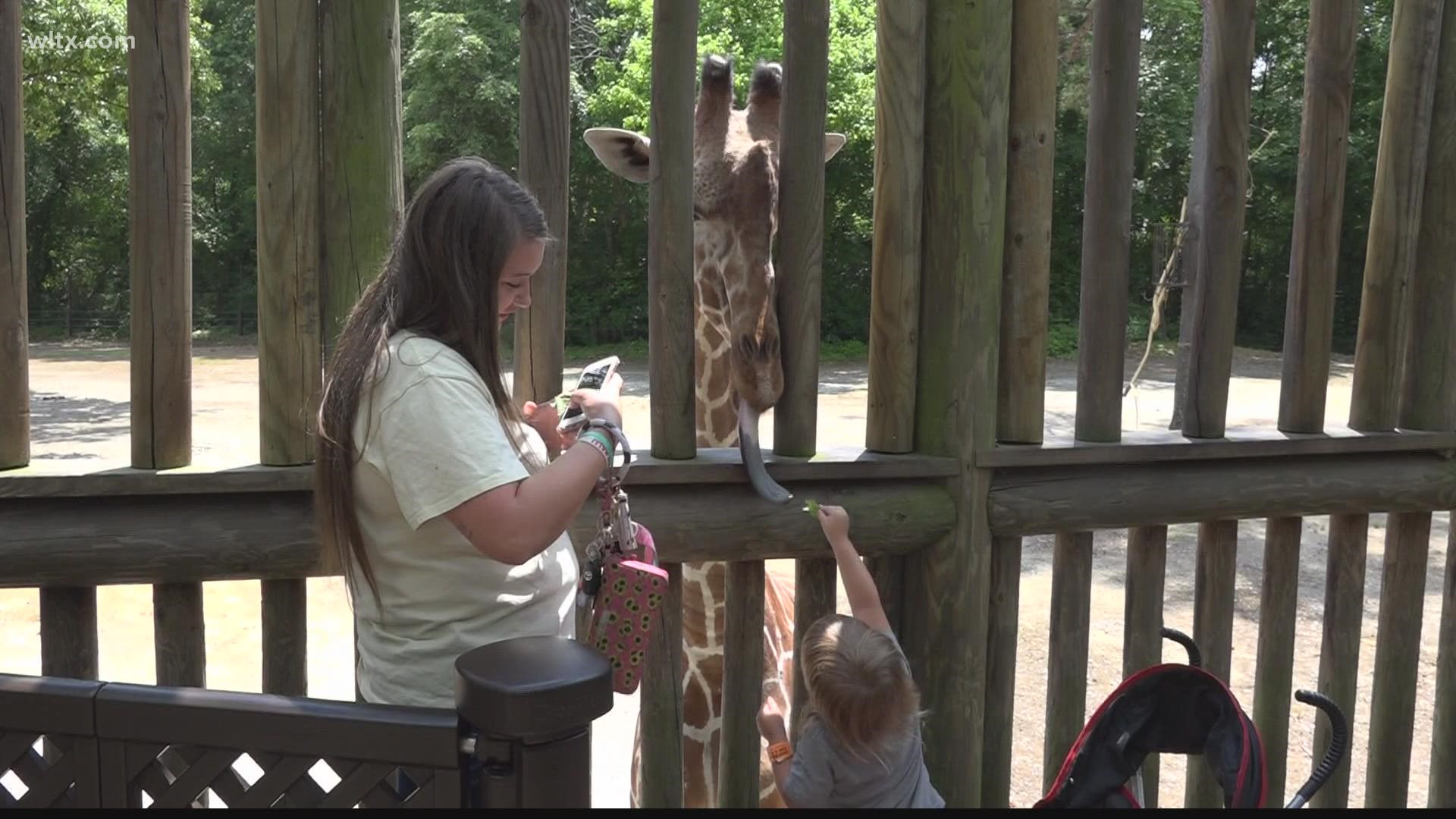COLUMBIA, S.C. — Zoos see animals from the beginning of their lives to the end. They also manage movement of species and acquiring new ones.
"We are a member of the Association of Zoos and Aquariums (AZA) here in the United States, and by being a member of the AZA, it's nice because then we go through an accreditation process and we can work with other zoos and their breeding programs to bring animals in that have actually been raised in zoos," said Riverbanks' curator of mammals Greg Peccie
Peccie works at Riverbanks Zoo. He said it's common for zoos to team up and share animals by moving them around if it's beneficial to growing the species or to the holding spaces they live in.
"Because we're all in this for the same reason, there really isn't sales that take place or trades," Peccie said.
The cost of feeding zoo animals, taking care of them and transporting them can be pretty expensive, ranging from hundreds to even thousands of dollars.
It takes several phone calls and a lot of coordination to make this kind of transportation work.
"If the right animal to move is all the way across the country, we will find a way to make it happen because it's the right thing to do for that species," Peccie said.
Peccie explains, one zoo could provide the cage, while another could provide the plane or truck.
It's all about making the best life possible for the big furry friends on display.
According to Riverbanks Zoo, there are no plans at this time to acquire another grizzly bear since they are general solitary and independent animals.
Butch, the remaining grizzly bear at the zoo will be getting extra attention from his zookeeper team.

